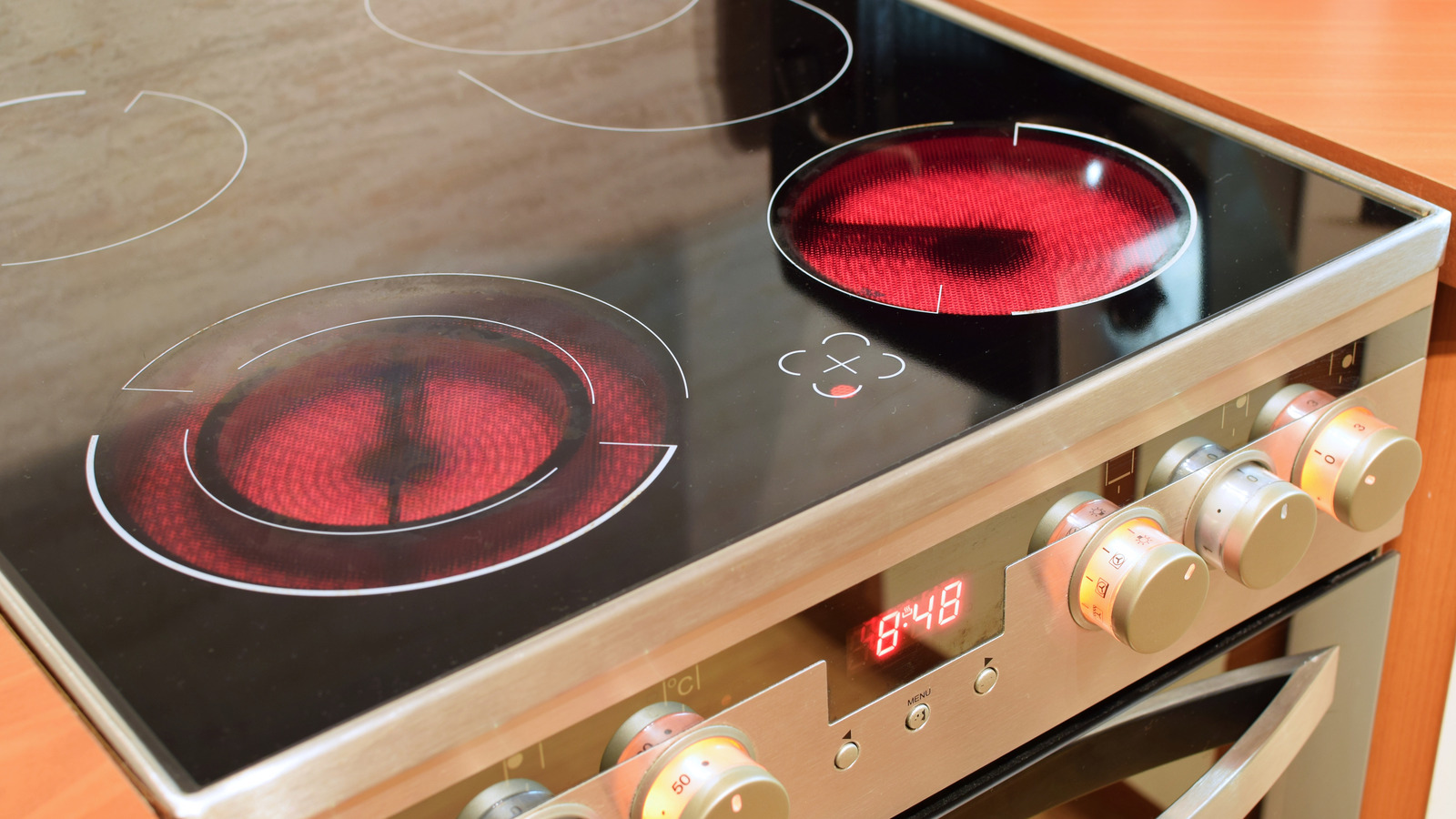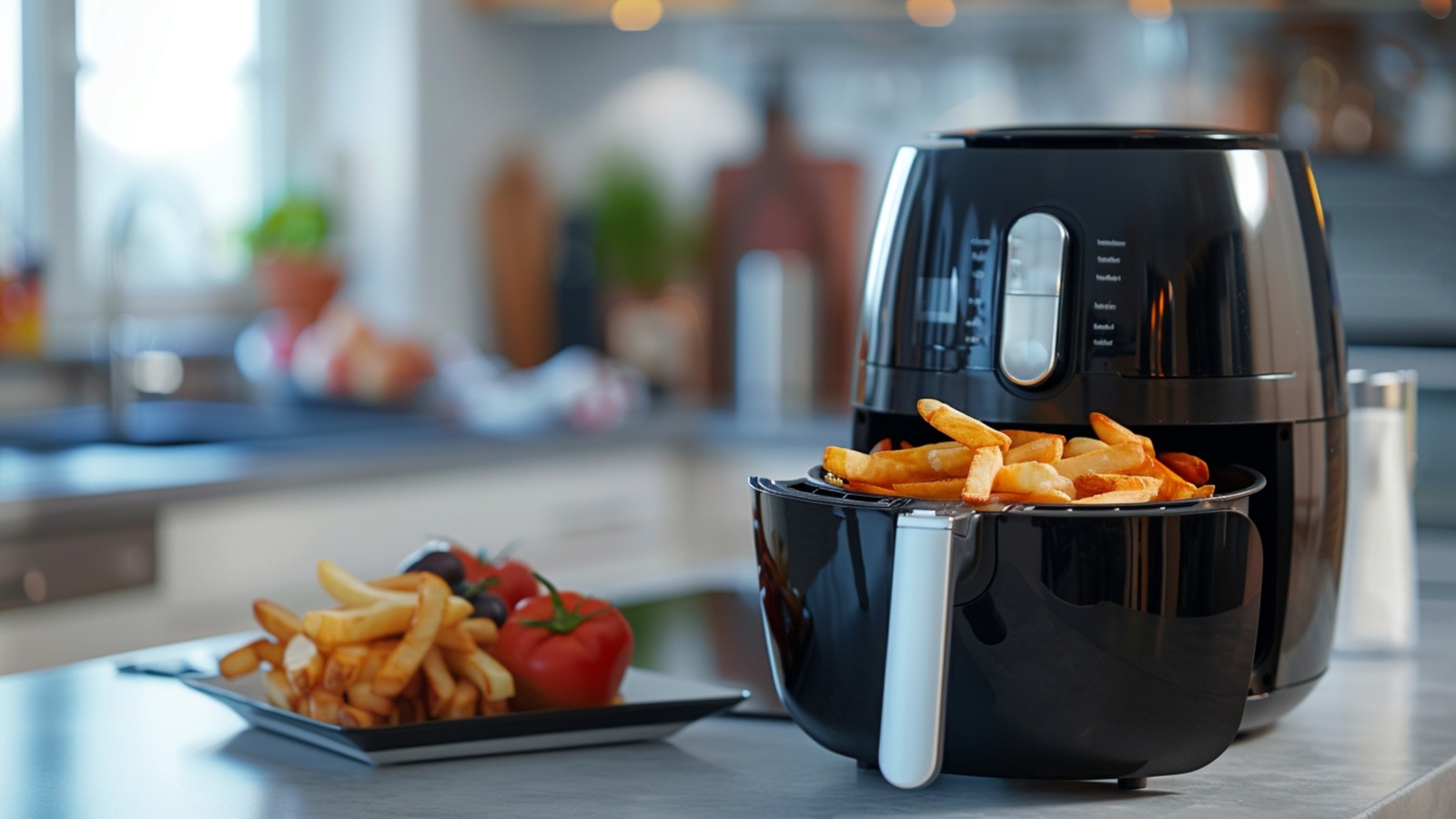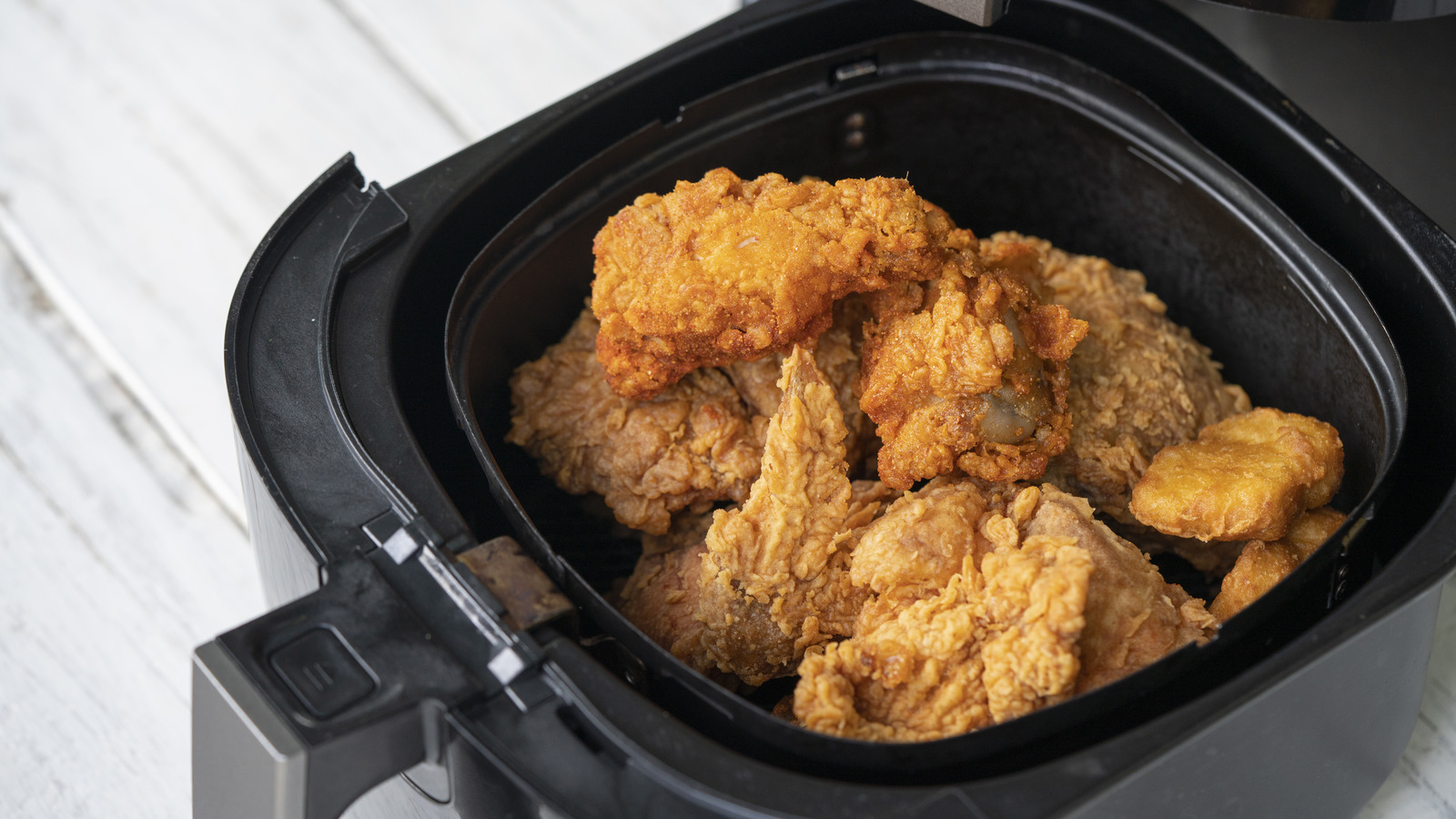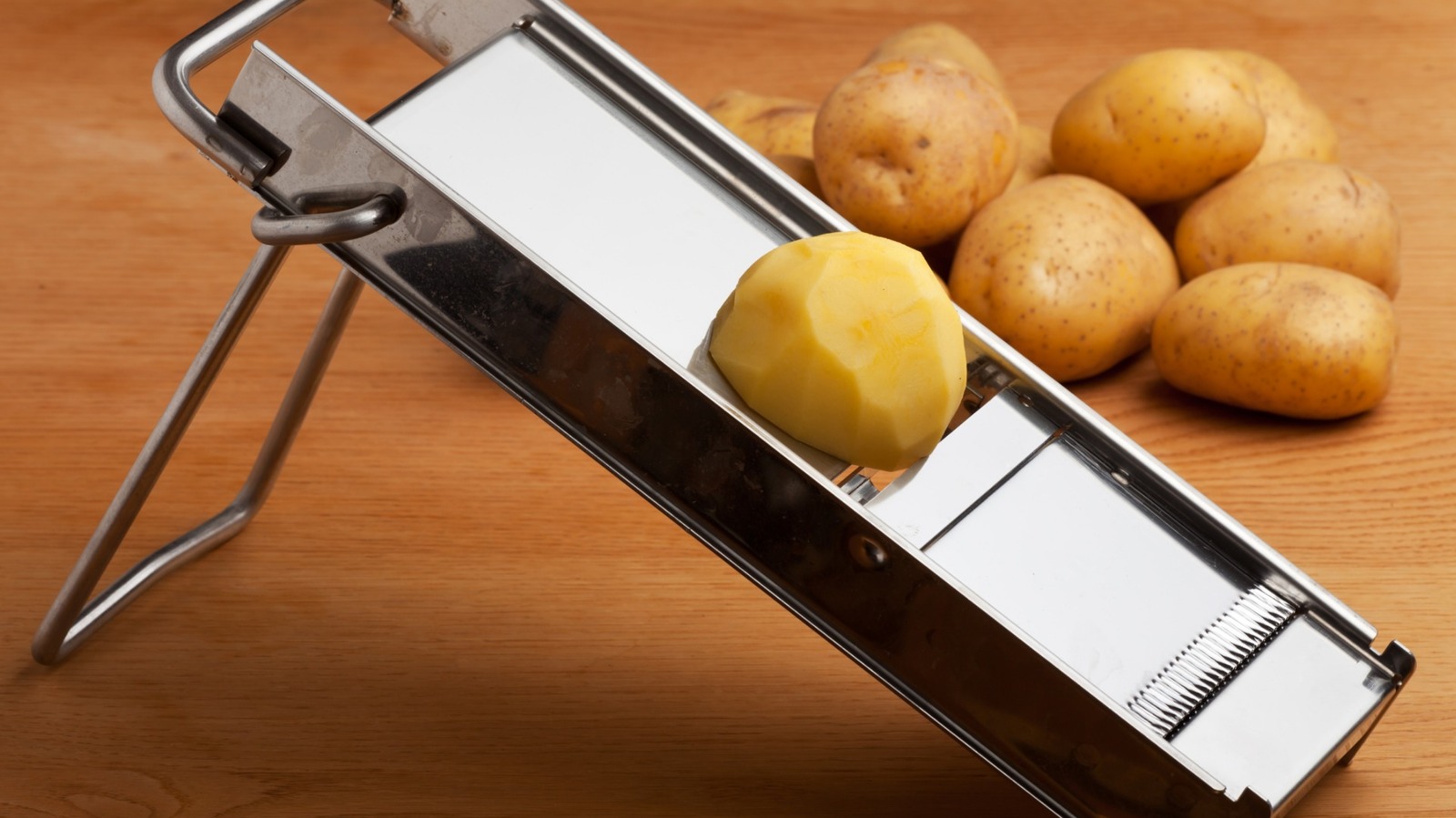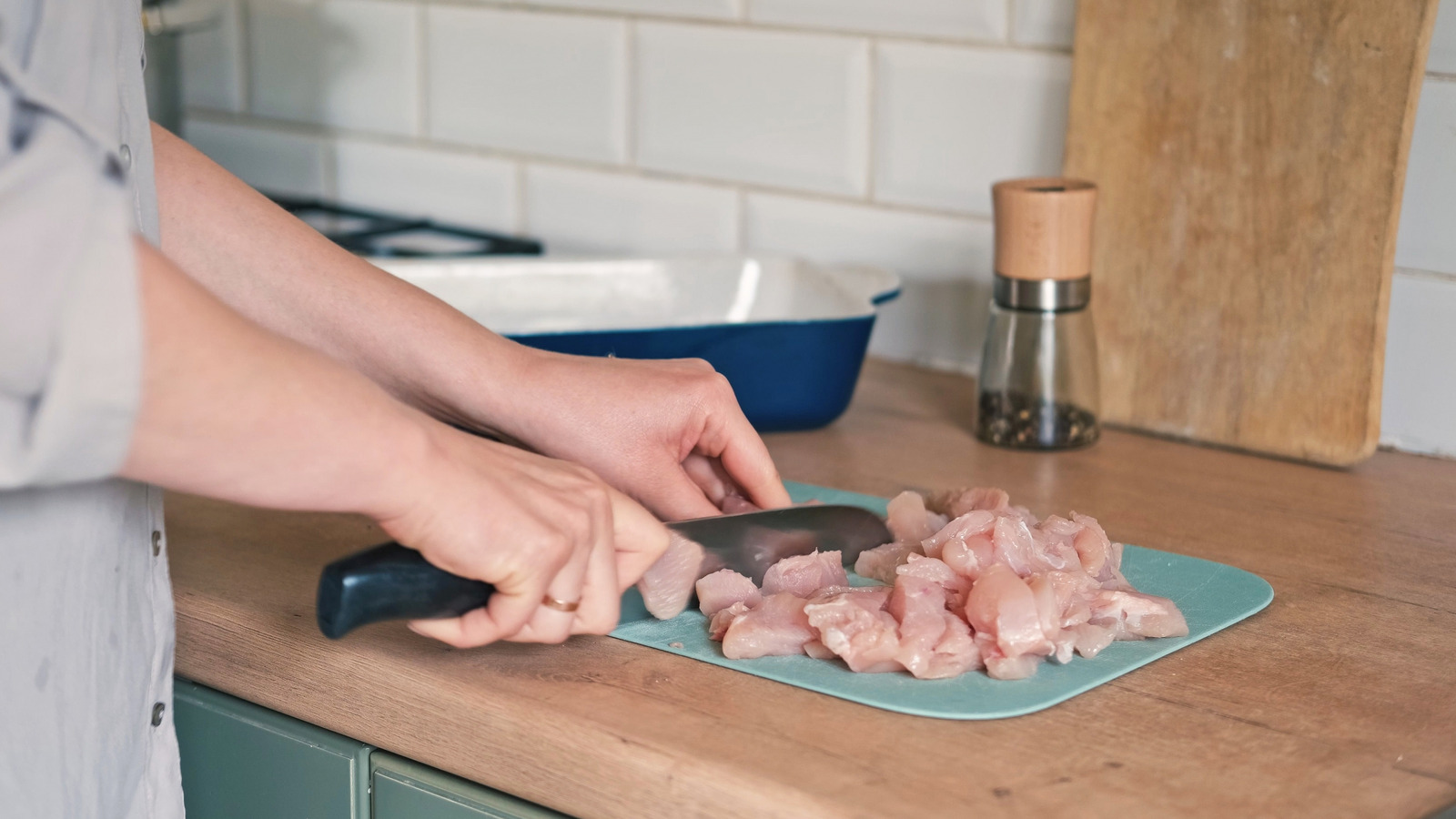#kitchen-safety
#kitchen-safety
[ follow ]
#cooking-tips #food-preparation #cooking-tools #induction-cooking #cleaning-tips #electric-stoves #fire-safety
Coffee
fromwww.theguardian.com
1 week agoYou be the judge: should my partner stop compressing the coffee in the moka pot?
Compressing moka pot coffee grounds creates excess pressure, causing hissing, spills, potential damage, and reduces flavour; the traditional non-compressed method is safer and preferable.
fromAlternative Medicine Magazine
1 week agoAvoid Kitchen Injuries This Holiday Season
It's a fact that the kitchen is the most dangerous room in the house, especially during the holidays. In addition to kitchen fires and burns, knife and broken glass accidents affecting the hand and fingers are among the most common kitchen injuries. "We see an increase in injuries from kitchen accidents over the holidays," says Nitin Goyal, MD, hand, wrist and elbow surgeon, Midwest Orthopaedics at RUSH (MOR). "Most often they are from people cutting themselves while carving turkeys or on broken holiday glasses."
Alternative medicine
fromTasting Table
1 month agoThe Microwave Storage Mistake You Didn't Realize You Were Making - Tasting Table
Since their invention in 1945, microwaves have grown to be quintessential kitchen appliances found in more than 90% of American homes, according to the USDA. They offer enormous convenience to daily life, but it is important to care for them properly. That requires more thought and effort than you may think. Perhaps one of the most surprising facts about your microwave is that you're likely storing it incorrectly.
Gadgets
Everyday cooking
fromTasting Table
1 month agoThe Kitchen Staple You Can Use To Sharpen Dull Knives In A Pinch - Tasting Table
Folding aluminum foil and slicing it about 15 times can temporarily sharpen a dull kitchen knife, but it is a short-term, less effective alternative to proper sharpening tools.
Cooking
fromTasting Table
2 months agoThe Only Times You Should Use The Highest Heat Setting On An Electric Stove - Tasting Table
Use the highest stovetop setting only for rapid processes like boiling, searing, reducing sauces, or drying mushrooms; otherwise lower the heat to avoid burning or damaging cookware.
fromTasting Table
3 months agoThis Stylish Kitchen Drawer Trend May Look Great But Is Terrible For Functionality - Tasting Table
Wide kitchen drawers are all the rage these days, but you have to think about not just their aesthetic, but their functionality, too, which isn't necessarily the best. There's nothing more annoying than cooking with a guest in the kitchen and asking them to take six steps back so you can open that gigantic drawer, only to smash their hip with the corner of the drawer anyway because you miscalculated just how big it was.
Renovation
fromTasting Table
3 months agoThe Safe And Easy Way To Throw Out Your Old Kitchen Knives - Tasting Table
Few kitchen tools are more essential than good knives. However, it's the nature of anything used so regularly that, eventually, it'll wear down past the point of effectiveness. At some point, you'll have to get rid of some kitchen knives to make room for newer ones in better shape. The question is, how do you properly (and safely) dispose of kitchen knives?
Miscellaneous
fromTasting Table
3 months agoThe Scary Results Of Overfilling Your Slow Cooker Are Easily Avoidable - Tasting Table
Exceeding those limits can disrupt how your food cooks, or worse, the safety of your kitchen. In fact, one of the quickest and messiest results of overfilling your slow cooker is it bubbling over. As the food heats and liquids begin to simmer, there's little room for expansion, causing liquids such as sauces, broths, or oil to spill over the edges of the pot, under the lid, drip down the exterior, and onto your counter or stovetop.
Cooking
fromTasting Table
3 months agoPencil Edges Explained: The Subtle Countertop Detail That Makes A Big Impact - Tasting Table
Pencil edges are what you get when you just slightly round the edge of a countertop so that it doesn't form a sharp 90-degree angle but instead gently slopes like the shape of a pencil, hence the name. These edges can completely transform the vibe of your kitchen from a dangerous obstacle course into a sleek, elegant environment. It creates a sophisticated look in whatever material it's made from, whether granite, quartz, marble, or others (here are 14 kitchen countertop materials explained).
Renovation
fromTasting Table
3 months agoOne Simple Rule That Makes Microwave Frying So Much Easier And Mess-Free - Tasting Table
The modern microwave is the bad bawse of quickly reheating leftovers, melting butter, and softening stale bread. However, one lesser-known use for this common appliance is employing it to shallow fry foods, like garnishes, at speed. One simple rule that makes microwave frying much easier is to use a large bowl with high sides to prevent the risk of overflow and splatters.
Cooking
fromTasting Table
3 months ago14 Kitchen Safety Rules Every Home Chef Should Follow - Tasting Table
According to a study by the U.K.'s National Accident Helpline, approximately 60% of all reported accidents happen in the kitchen - making it the most hazardous room in the house. Slippery floors, open flames, sharp knives, and toxic fumes present real visible dangers but the kitchen is also host to many unseen threats. Research by the National Sanitation Foundation also found that the kitchen is the dirtiest place in the house, with kitchen cloths and sinks rife with bacteria, which can cause serious illness.
Public health
fromDaily Mom magazine
3 months ago7 Age-Appropriate Chores For Kids: Toddler-friendly Chores
"Me help? Me help?" If you're a parent to a toddler, you've likely heard this enthusiastic phrase countless times. Toddlers are naturally curious and thrive on routine, and they genuinely get a sense of joy and accomplishment from helping around the house. However, finding toddler-friendly chores that are safe, age-appropriate, and manageable can sometimes be a challenge. Many household chores require fine or gross motor skills that toddlers simply haven't mastered yet, making it essential to find tasks that fit their abilities.
Parenting
[ Load more ]


